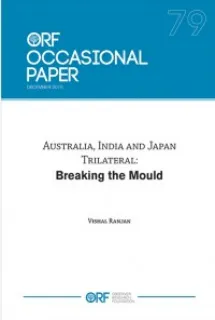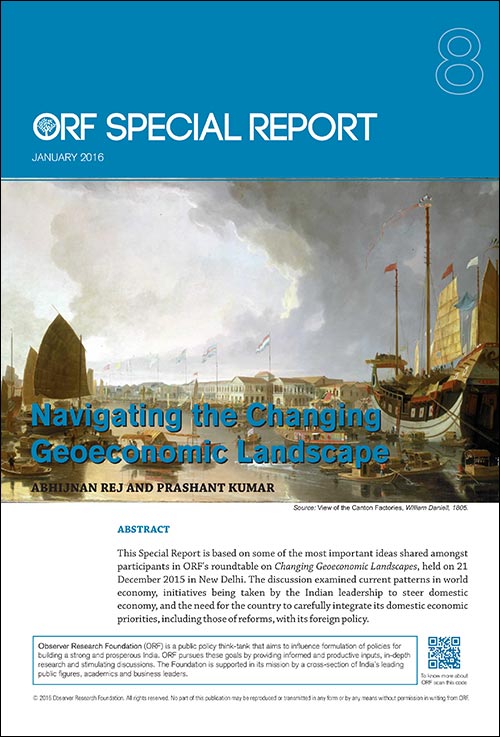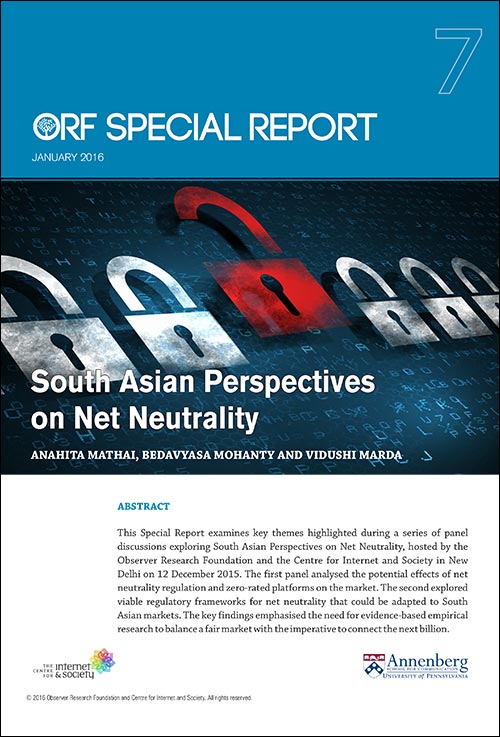The idea and practice of a trilateral configuration between Australia, Japan and India has recently found more believers. In the face of a virtual 'alphabet soup' of regional multilateral processes-as well as other trilaterals mushrooming across Asia's political landscape and extended geography-a trilateral realignment between the three seems par for the course, at least at first glance. At the academic level, as far back as in the late 1960s, a conference of scholars and officials from the three countries had floated the idea of a trilateral. Nearly half a century later, all three-as long-standing representative democracies committed to a rule-based international order, and seafaring economies heavily dependent on maritime commerce-are 'rebalancing' their strategic priorities. An emerging trilateral arrangement between Australia, India and Japan has thus become unexceptional. The 'resurrecting' all-round prole of Asia in the new century, and China's surge within it, adds to such urgency.
Each of these three nations can claim to be a regional power in its own right: Australia as an established middle power, India an aspiring superpower, and Japan a 'has-been economic superpower' now ready to 'normalise' into a military power. Bilaterally, Australia and Japan have maintained a close security relationship, and India and Japan, to a lesser extent. But it is Australia and India's newfound bonhomie that sets the stage for a trilateral. In addition to the long-time Australia-Japan nexus in the Asia-Pacific, the increasing use and precedence of the Indo-Pacific over the erstwhile Asia-Pacific as part of the larger strategic vocabulary-terminologically as well as territorially, by way of inclusion of the Indian Ocean-eases India into that emerging trilateral strategic calculus.
This paper examines two questions: One, what forces and circumstances are driving and moulding this trilateral? Two, how does this trilateral stand against some of the other leading trilaterals, and what are the broader strategic implications of such an alignment on major players in the region and beyond? This paper argues that the security interests of the three countries have come to coalesce in such a compelling fashion that the trilateral is not a transient tactical undertaking by the three countries but rather holds lasting strategic significance. Contesting the predominant view that the trilateral is nothing more than a proxy to the US-led quadrilateral whose objective is the strategic balancing of China, if not its containment, this paper submits that the trilateral stands on its own and is not necessarily aimed against China nor is in favour of the US.
This paper opens by tracing the history of the trilateral between Australia, India and Japan, highlighting the ideational undercurrents of a cooperative framework that contemporary scholars have earlier studied. It outlines the evolution of the three separate bilateral relationships, contrasting their dynamics against what has broadly shaped the emergence of the trilateral as an overarching whole. The paper then describes their unfolding common maritime interests and anxieties in the Indian Ocean owing from a shared appreciation of the Indo-Pacific as a strategic idea. The paper makes a comparison with some other trilaterals to establish the relative feasibility of this one, then examines the potential impact of the trilateral on the US and China, as well as on broader regional developments. The paper closes by taking final stock of the trilateral and reckoning the direction in which the trilateral is likely to proceed.

 PDF Download
PDF Download



 PREV
PREV


